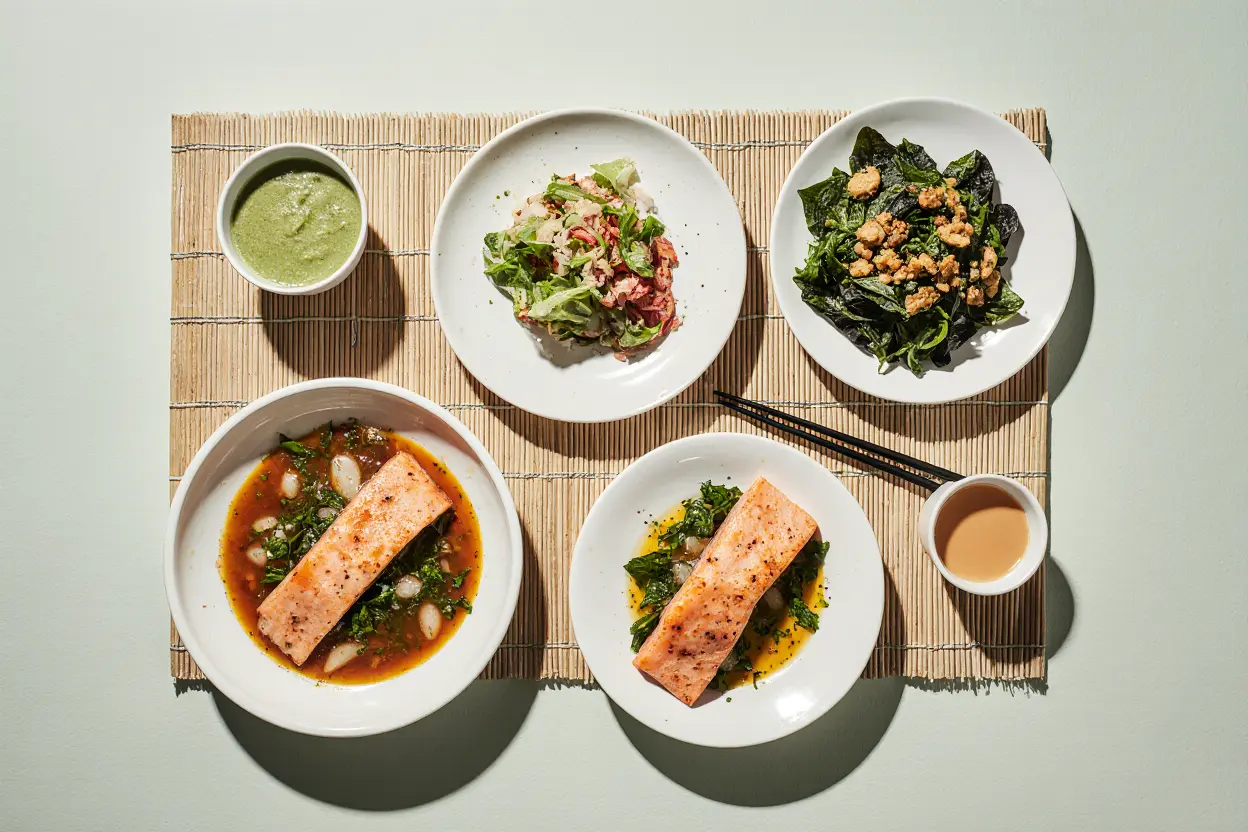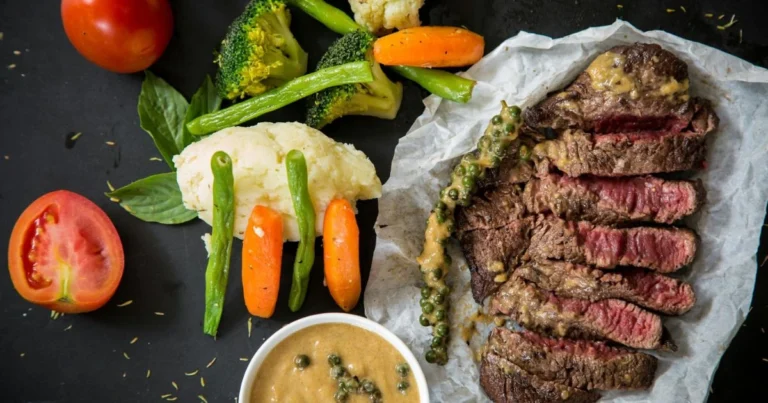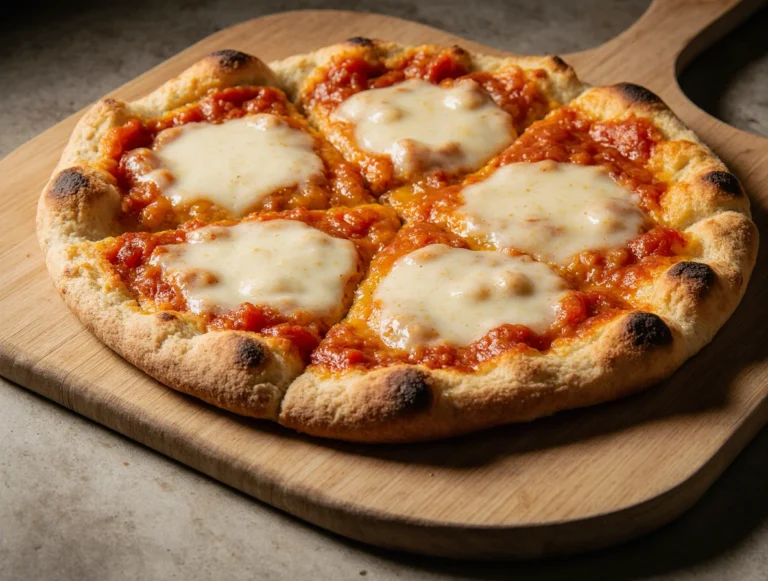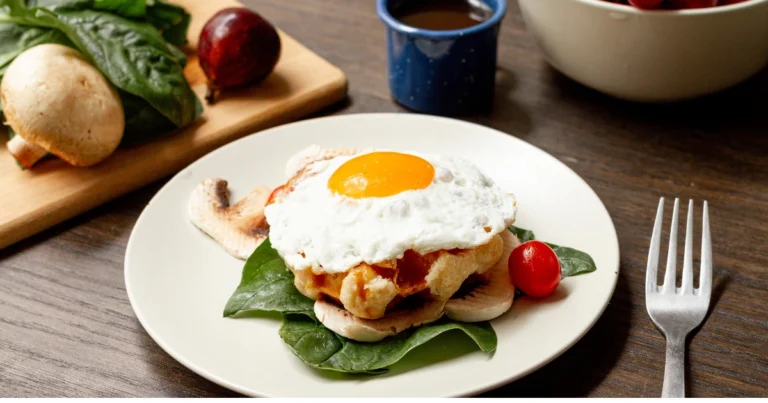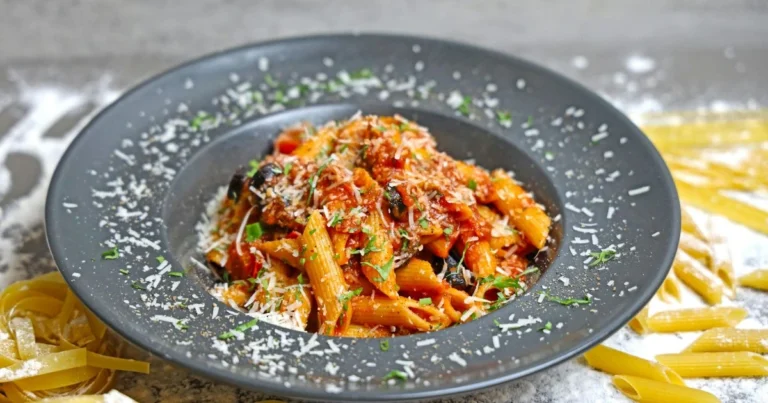5 Easy Japanese Mounjaro Recipe for Healthy Weight Loss
Table of Contents
A Delicious Way to Transform Your Health and Body
Have you ever wished that losing weight could feel natural, satisfying, and even enjoyable? You’re not alone. Most diets leave you counting calories and craving comfort food. But what if you could fuel your body and shed pounds while still enjoying every bite? That’s exactly where Japanese Mounjaro recipes come in — a beautiful fusion of balanced nutrition, mindful eating, and authentic Japanese flavors designed to help you slim down without stress.
Think of this as your personal guide to reconnecting with food in a way that nourishes both body and mind. In Japan, meals aren’t rushed. They’re simple, clean, and thoughtfully crafted — a practice that aligns perfectly with your weight loss goals. So, grab your apron and get ready to explore five easy Japanese Mounjaro recipes that taste incredible and support a healthier you.
What Is a Japanese Mounjaro Recipe?
If you’re new to the term, you might wonder, “What exactly is a Japanese Mounjaro recipe?”
At its core, a Mounjaro recipe blends the nutritional principles of Japanese cuisine with the wellness focus inspired by Mounjaro’s approach to weight management — meaning meals that are light, satisfying, and nutrient-rich.
Japanese recipes naturally emphasize fresh vegetables, lean proteins, sea vegetables, and fermented foods, all of which play a vital role in maintaining gut health, managing hunger, and supporting metabolism. When you bring these ingredients into your diet, you’re not just eating better — you’re teaching your body to work smarter.
These meals don’t rely on restrictive portions or complex ingredients. Instead, they highlight the beauty of balance — smaller portions, wholesome ingredients, and mindful preparation. You’ll soon notice that when your meals are colorful, flavorful, and nourishing, your cravings naturally fade away.
Why Choose Japanese Mounjaro Recipes for Weight Loss
Japanese cooking follows a philosophy that goes beyond calories — it’s about harmony. The traditional Japanese diet has been linked to longevity, lower obesity rates, and healthier lifestyles. It’s not just about losing weight; it’s about finding balance.
Here’s why these recipes are so effective for you:
- Nutrient-Dense Ingredients: Every component adds value — fiber from vegetables, protein from fish or tofu, and healthy fats from seeds and avocados.
- Smaller Portions, Greater Satisfaction: You eat until you’re content, not full. This mindful approach helps control hunger naturally.
- Low-Calorie, High-Flavor Meals: Using umami-rich ingredients like miso, soy sauce, and seaweed ensures big taste without excess calories.
- Metabolism Support: Green tea, ginger, and omega-3-rich fish are natural metabolism boosters.
Scientific studies back this up — populations that follow a Japanese diet have lower rates of metabolic disorders and obesity. The combination of nutritional balance and mindful consumption creates a sustainable path to long-term wellness.
5 Easy Japanese Mounjaro Recipes for Healthy Weight Loss
Now that you understand the philosophy, it’s time to dive into five delicious recipes that embody everything the Japanese diet stands for — simplicity, freshness, and harmony. Each recipe below is easy to prepare, full of nutrients, and designed to support your weight loss journey without ever feeling like a “diet.”
1. Japanese Miso Soup Mounjaro Recipe
If comfort had a flavor, it would taste like miso soup — warm, savory, and perfectly balanced. This recipe brings together the healing power of miso with protein-rich tofu and mineral-packed seaweed.
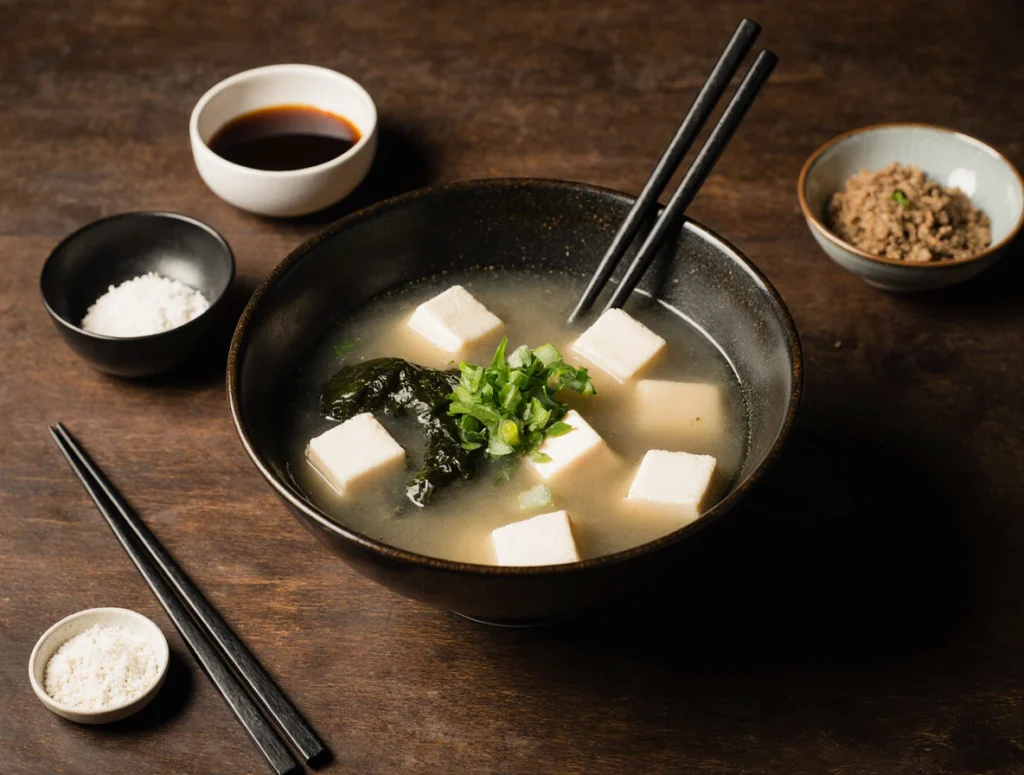
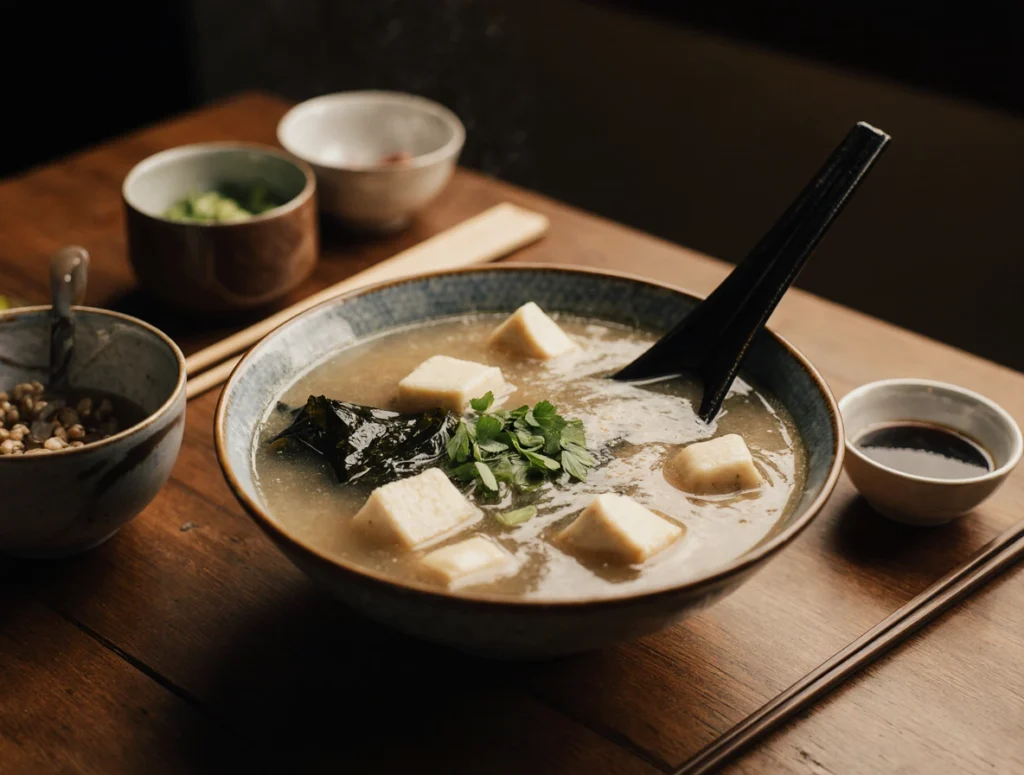
Ingredients
| Ingredient | Quantity | Benefit |
|---|---|---|
| Miso paste | 1 tbsp | Supports gut health |
| Silken tofu | ½ cup | Adds protein and creaminess |
| Seaweed (wakame) | Small sheet | Mineral-rich and low in calories |
| Green onions | 2 tbsp | Antioxidant and flavor boost |
| Water or dashi broth | 2 cups | Hydrating and low in calories |
Instructions
- Heat the water or dashi broth over medium heat.
- Dissolve the miso paste gently in the warm liquid.
- Add tofu cubes and seaweed, simmering for a few minutes.
- Sprinkle chopped green onions before serving.
Why It Works for You
Miso soup keeps you full while promoting gut balance. The probiotics in miso and the lean protein from tofu support digestion and satiety — making this a perfect start to any meal or a light lunch on its own.
2. Green Tea Smoothie Mounjaro Recipe
This is your go-to morning booster. Packed with antioxidants, fiber, and natural energy, this green tea smoothie fuels your day without sugar crashes.


Ingredients
| Ingredient | Quantity | Benefit |
|---|---|---|
| Matcha powder | 1 tsp | Enhances metabolism |
| Almond milk | 1 cup | Low in calories, dairy-free |
| Spinach | ½ cup | Detoxifying and full of iron |
| Banana | ½ | Adds sweetness and texture |
| Chia seeds | 1 tsp | Provides fiber and healthy fats |
Instructions
- Add all ingredients to a blender.
- Blend until smooth and creamy.
- Serve immediately — best chilled.
Why It Works for You
Matcha contains catechins, which are natural fat burners. Combined with fiber-rich spinach and chia seeds, this smoothie helps stabilize blood sugar and reduce hunger between meals.
3. Grilled Salmon Teriyaki Mounjaro Recipe
Nothing beats the taste of a perfectly grilled salmon glazed with a light, homemade teriyaki sauce. High in omega-3s and protein, this dish fuels your body while helping you stay lean.
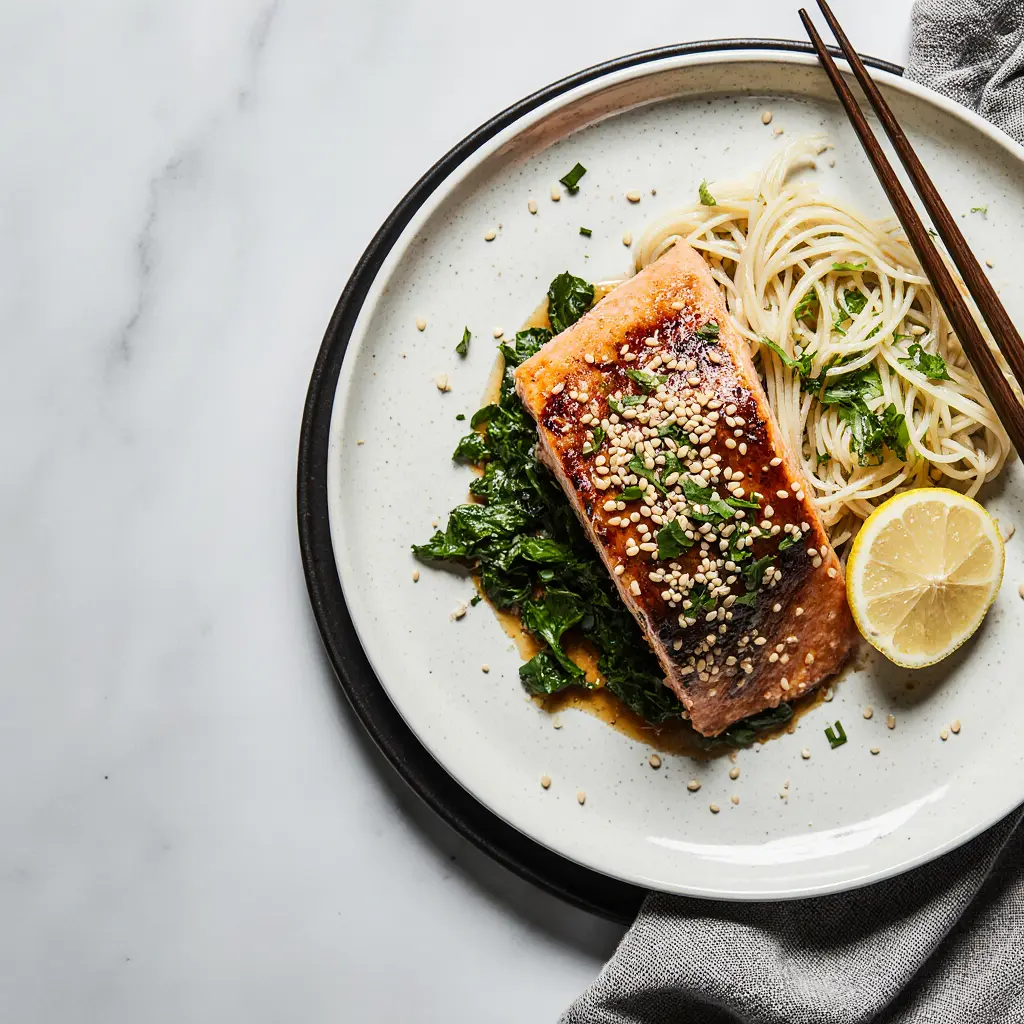
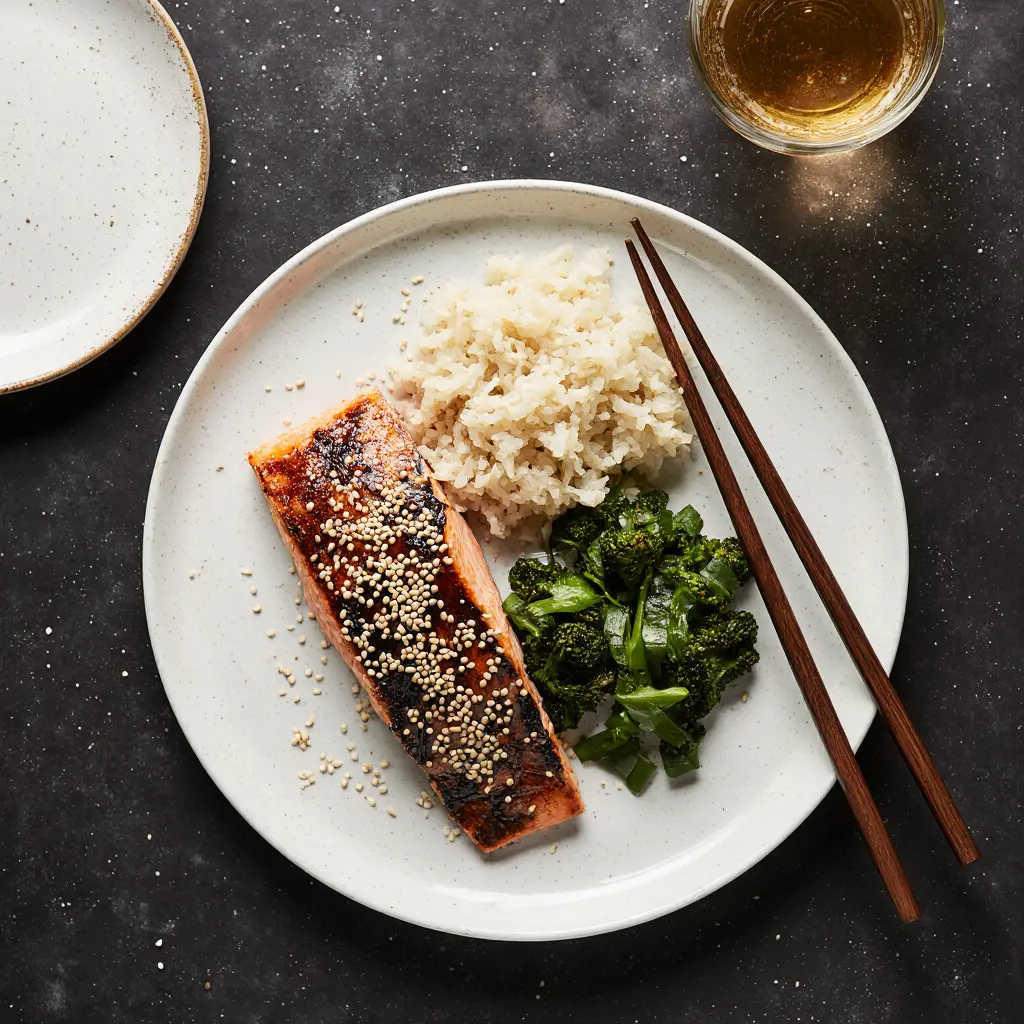
Ingredients
| Ingredient | Quantity | Benefit |
|---|---|---|
| Salmon fillet | 150g | Rich in omega-3s |
| Low-sodium soy sauce | 1 tbsp | Adds umami flavor |
| Fresh ginger | 1 tsp | Aids digestion |
| Garlic | 1 clove | Natural detoxifier |
| Honey (optional) | ½ tsp | Adds light sweetness |
Instructions
- Mix soy sauce, ginger, garlic, and honey to create your marinade.
- Brush over the salmon fillet and let it sit for 10 minutes.
- Grill on medium heat until cooked through and slightly golden.

Why It Works for You
This dish satisfies cravings for something savory and rich without sabotaging your progress. Salmon’s omega-3s improve metabolism and reduce inflammation — making it ideal for sustainable weight loss.
4. Japanese Vegetable Stir-Fry Mounjaro Recipe
If you’re craving something colorful and quick, this veggie stir-fry brings together crisp vegetables and light seasoning for a meal that’s both filling and guilt-free.
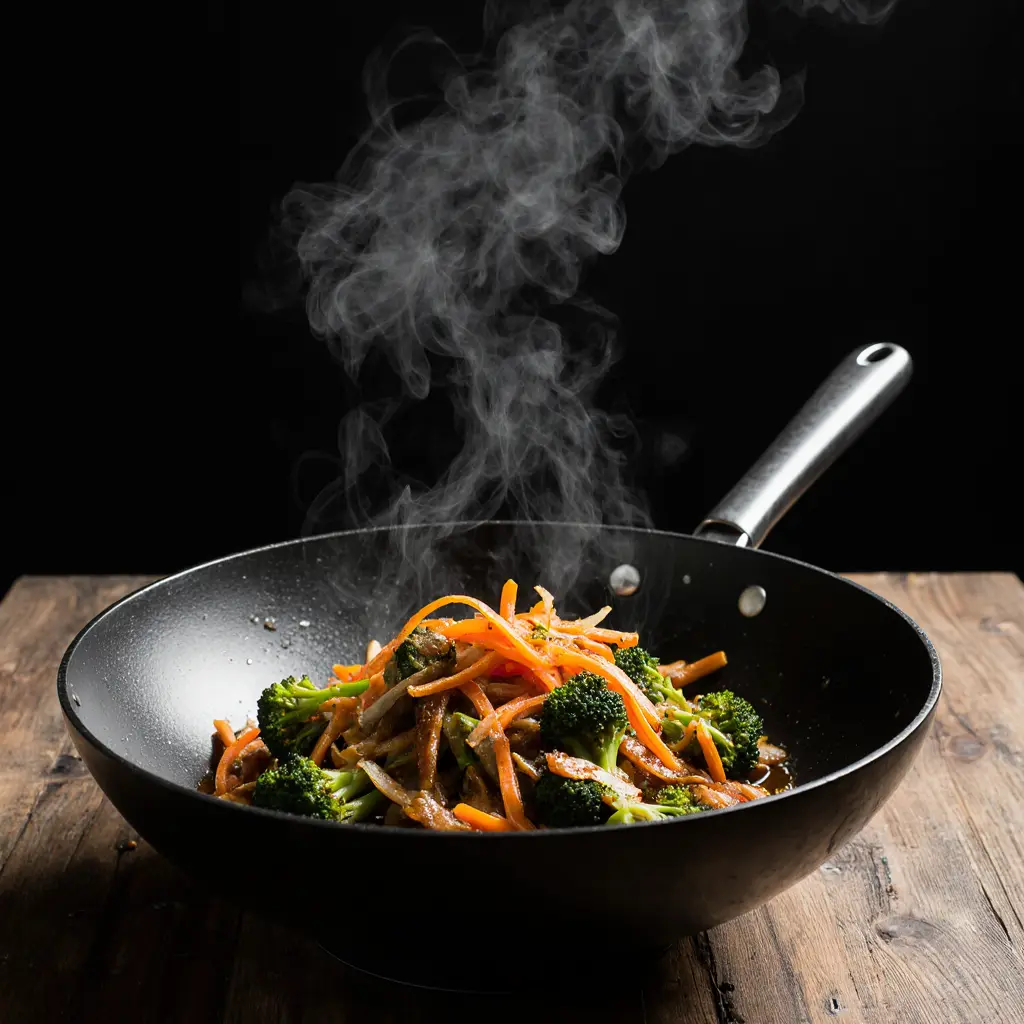
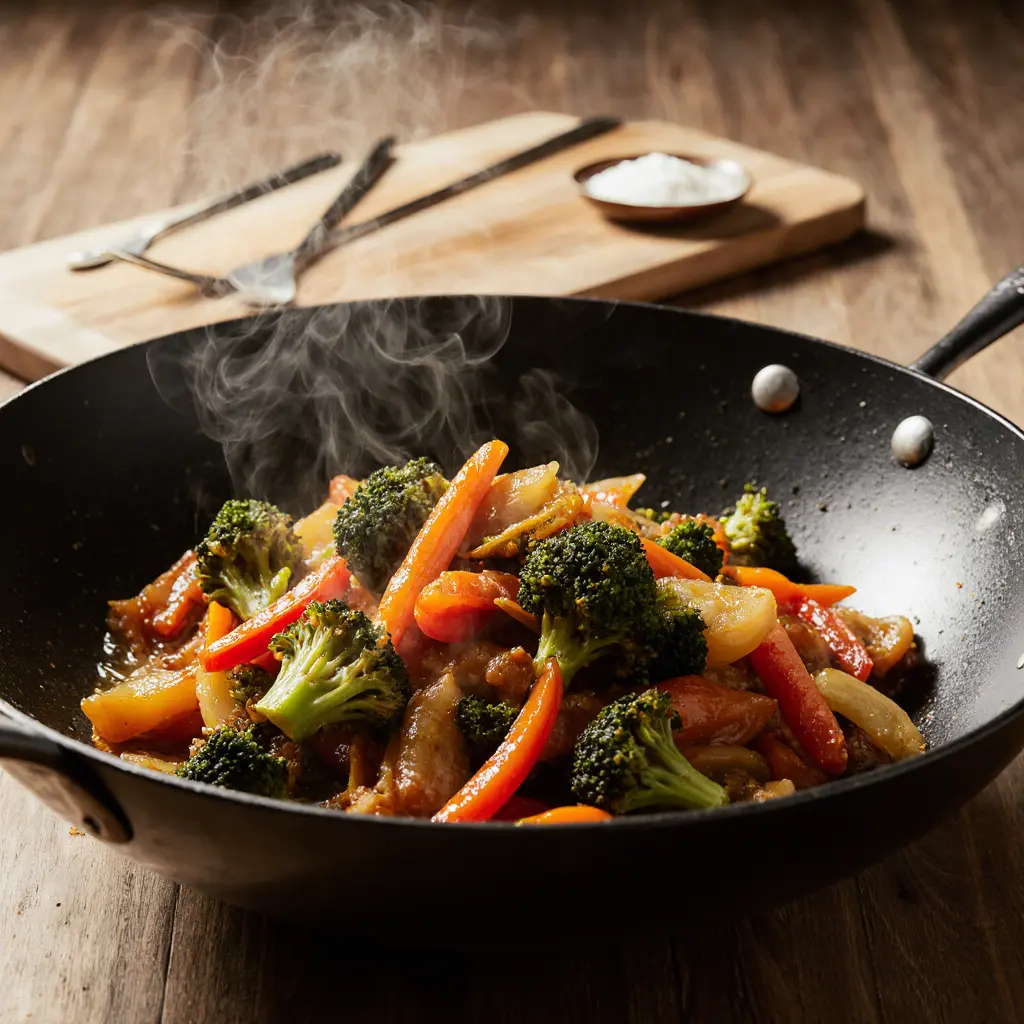
Ingredients
| Ingredient | Quantity | Benefit |
|---|---|---|
| Broccoli florets | 1 cup | Fiber and vitamin-rich |
| Carrots | ½ cup | Natural sweetness and beta-carotene |
| Bell peppers | ½ cup | Antioxidant powerhouse |
| Olive oil | 1 tbsp | Healthy fats for absorption |
| Soy sauce | 1 tbsp | Adds umami depth |
Instructions
- Heat olive oil in a wok or skillet.
- Add vegetables and stir-fry for 3–5 minutes.
- Drizzle soy sauce near the end and toss lightly.
- Serve immediately with brown rice or on its own.
Why It Works for You
The mix of fiber and vitamins helps regulate your digestion and energy. You get volume without calories, which is key when you want to lose weight without feeling deprived.
5. Seaweed and Avocado Mounjaro Salad
Refreshing, light, and satisfying — this salad combines healthy fats, minerals, and hydration in every bite.
Ingredients
| Ingredient | Quantity | Benefit |
|---|---|---|
| Wakame seaweed | ½ cup | Boosts thyroid and metabolism |
| Avocado | ½ | Provides healthy monounsaturated fats |
| Cucumber | ½ | Hydration and freshness |
| Rice vinegar | 1 tbsp | Light acidity to balance flavors |
| Sesame seeds | 1 tsp | Adds crunch and minerals |
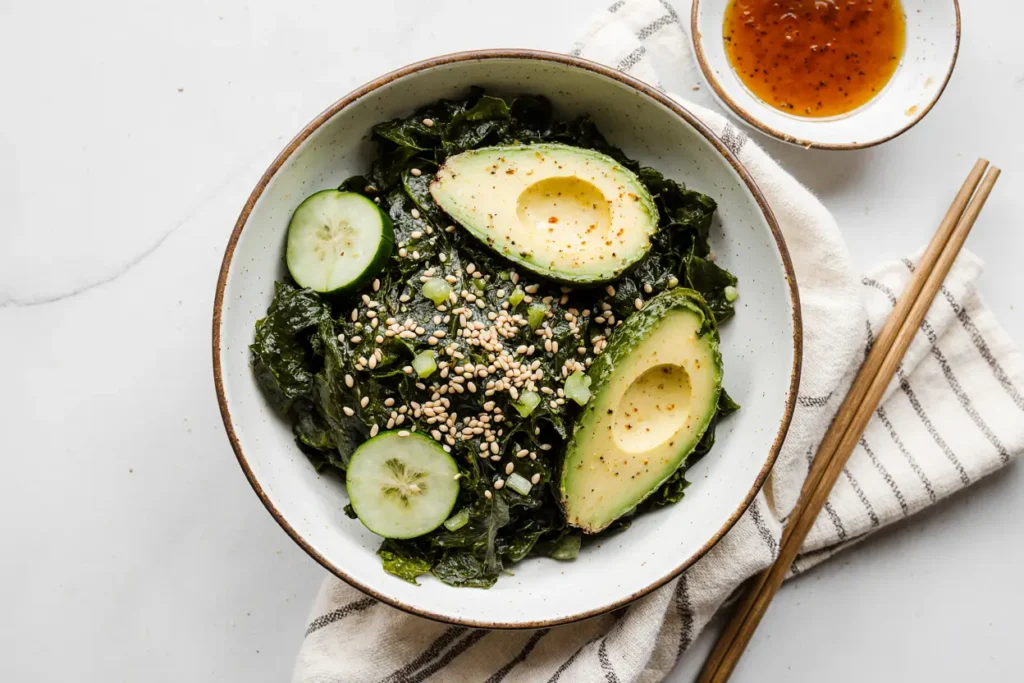
Instructions
- Soak seaweed until tender, then drain.
- Slice avocado and cucumber thinly.
- Mix everything with rice vinegar and sesame seeds.
Why It Works for You
Avocado gives you long-lasting fullness, while seaweed adds vital minerals and fiber. This salad is perfect for lunch or a refreshing side dish.
Tips for Making the Perfect Japanese Mounjaro Recipes
Creating healthy Japanese-inspired meals isn’t about perfection — it’s about balance. Here’s how to make the most of every recipe:
- Use fresh ingredients whenever possible.
- Stick to light seasonings; let the ingredients shine.
- Practice portion mindfulness — serve smaller plates and eat slowly.
- Add a side of green tea to enhance digestion and metabolism.
- Avoid heavy sauces or deep-fried elements.
- Prep vegetables in advance to save time during the week.
- Keep it colorful — the more colors on your plate, the more nutrients you’re getting.
How to Incorporate These Recipes into Your Routine
You don’t need to overhaul your diet overnight. Simply start by replacing one meal a day with a Japanese Mounjaro recipe and notice how your body responds.
Here’s a simple example plan:
Day 1:
- Breakfast: Green Tea Smoothie
- Lunch: Miso Soup with a small salad
- Dinner: Grilled Salmon Teriyaki
Day 2:
- Breakfast: Miso Soup
- Lunch: Vegetable Stir-Fry
- Dinner: Seaweed and Avocado Salad
As you repeat this rhythm, you’ll notice your digestion improving, your cravings shrinking, and your energy stabilizing.
Common Mistakes to Avoid
Even healthy recipes can lose their benefits if prepared incorrectly. Here’s what to avoid:
- Overusing sauces: High in sodium and sugar, they can stall progress.
- Ignoring portions: Even nutritious foods can add up.
- Cooking too long: Overheating vegetables strips nutrients.
- Skipping hydration: Japanese meals pair best with water or green tea, not soda or sweet drinks.
- Expecting instant results: Sustainable weight loss takes consistency.
Frequently Asked Questions (FAQ) about Japanese Mounjaro Recipes
What makes a Japanese Mounjaro recipe effective for weight loss?
These recipes combine nutrient-dense, low-calorie foods with mindful eating habits that regulate hunger and improve metabolism naturally.
Can I customize these recipes for a vegan diet?
Absolutely. You can replace salmon with tofu, edamame, or mushrooms without losing nutritional value.
How often should I eat Japanese Mounjaro recipes to see results?
Incorporating at least one or two meals daily will help you see gradual and sustainable weight loss.
Do I need authentic Japanese ingredients?
No. Focus on nutritional value first — local, fresh, and seasonal produce works perfectly.
Can I prep these meals ahead of time?
Yes, especially salads and soups. They store well for up to three days when refrigerated.
Conclusion
You don’t have to choose between flavor and fitness — these Japanese Mounjaro recipes prove you can have both. Every dish connects back to a deeper principle: nourish your body, calm your mind, and honor your health.
By bringing the simplicity of Japanese cuisine into your life, you’re doing more than losing weight — you’re creating a lifestyle that’s balanced, intentional, and deeply satisfying.
So, the next time you prepare a meal, think of it as an act of self-care. Cook slowly, eat mindfully, and celebrate every step of your progress.
Your new, healthier journey begins with a single recipe. Try one today — your body will thank you.

